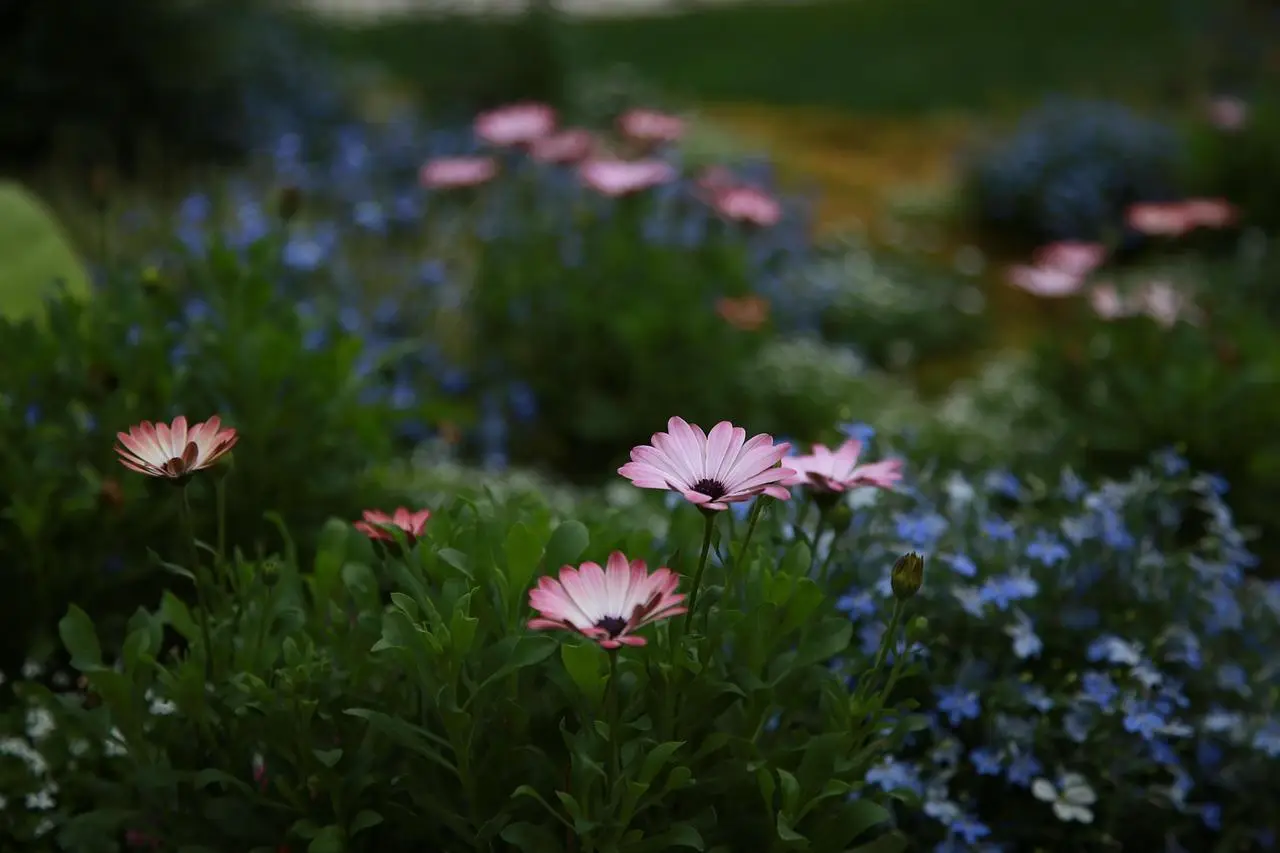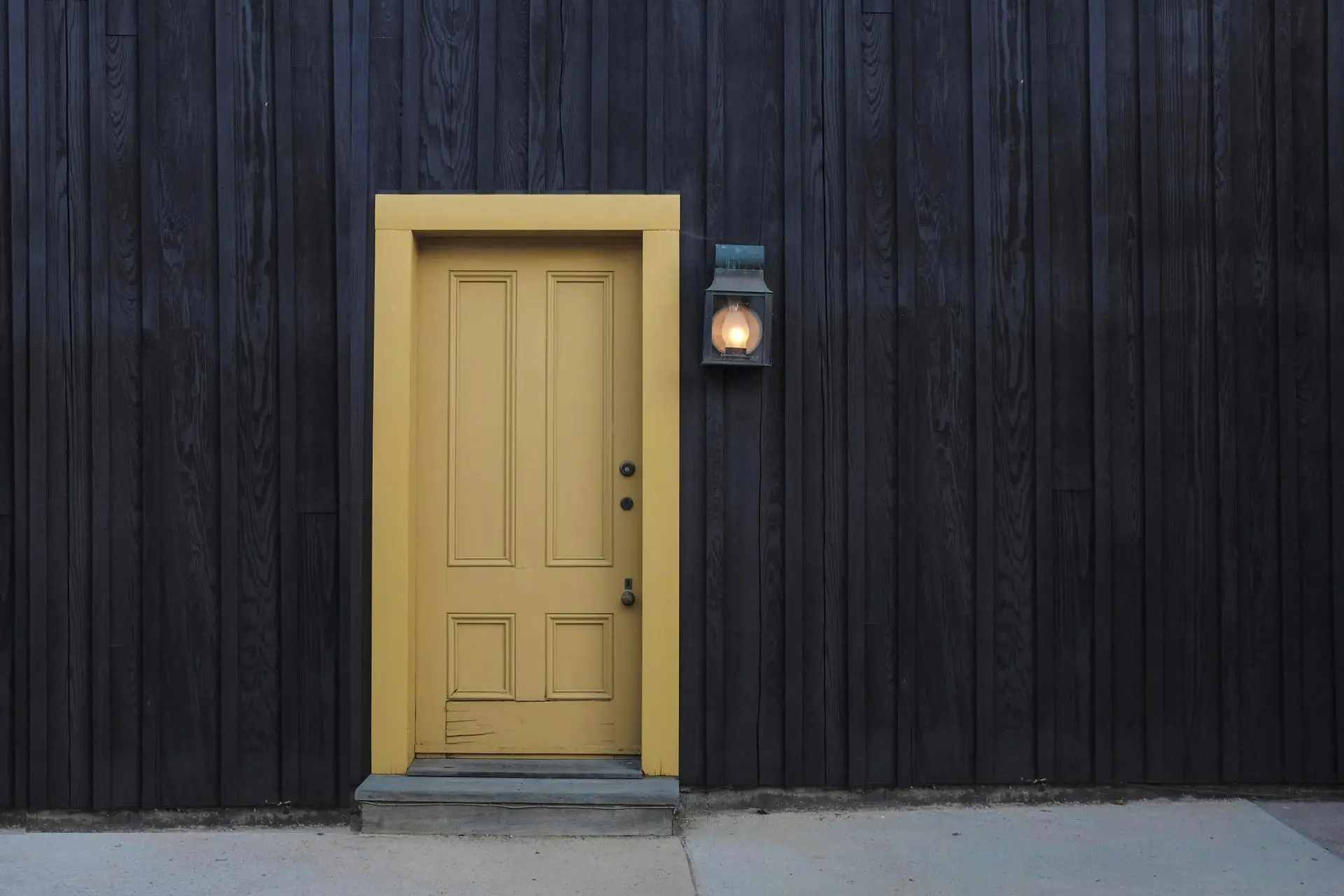The Hidden World of Nocturnal Wildlife in Your Backyard
As the sun sets and the world quiets down, a fascinating transformation occurs in your backyard. The hidden world of nocturnal wildlife comes alive, revealing a rich tapestry of creatures that thrive under the cover of darkness. From tiny insects to larger mammals, these nocturnal beings play a crucial role in maintaining the delicate balance of ecosystems.
Exploring the nocturnal wildlife in your backyard not only deepens your appreciation for nature but also highlights the intricate interconnections that sustain life. This article takes a closer look at the secret lives of these creatures, their behaviors, and how you can create a welcoming environment for them.
Why Nocturnal Wildlife Matters
Nocturnal wildlife is an essential part of the natural world. These animals have adapted to life at night, filling ecological roles that diurnal (daytime) creatures cannot. They help control pest populations, pollinate plants, and serve as prey or predators in their respective food chains.
Key reasons why nocturnal wildlife is important:
- Pest control: Many nocturnal animals, such as bats and owls, feed on insects and rodents, keeping their populations in check.
- Pollination: Moths and other night-flying insects pollinate flowers that bloom after dark, contributing to plant reproduction.
- Biodiversity: A thriving nocturnal ecosystem ensures a balanced and diverse range of species in your local environment.
Understanding and supporting nocturnal wildlife is vital for maintaining the health and stability of ecosystems, even in urban or suburban backyards.
Common Nocturnal Wildlife in Your Backyard
Your backyard might host a surprising variety of nocturnal creatures. These animals have evolved unique adaptations to navigate the darkness and find food, shelter, and mates.
Some common nocturnal wildlife includes:
- Bats: These flying mammals are expert insect hunters, consuming thousands of mosquitoes and other pests each night.
- Owls: Silent predators of the night, owls hunt rodents and small animals with their sharp talons and keen eyesight.
- Raccoons: Known for their curious nature, raccoons often forage for food in garbage bins or gardens.
- Moths: While often overlooked, moths are vital pollinators, particularly for night-blooming plants.
- Frogs and toads: Amphibians like frogs and toads come out at night to feed on insects and sing their distinctive calls.
- Foxes: In some areas, foxes roam neighborhoods under the cover of darkness, searching for food.
Each of these creatures contributes to the nocturnal ecosystem in unique ways, making them essential players in your backyard’s biodiversity.
Adaptations That Make Nocturnal Life Possible
Living in the dark requires specialized adaptations. Nocturnal animals have evolved remarkable traits to help them survive and thrive at night.
Some key adaptations include:
- Enhanced senses: Many nocturnal animals have exceptional hearing, smell, or vision to detect prey or predators in low light. For example, owls have large eyes and sensitive retinas that allow them to see in near-total darkness.
- Camouflage: Dark or muted coloration helps nocturnal creatures blend into their surroundings, protecting them from predators.
- Echolocation: Bats use echolocation—emitting high-frequency sounds and listening for echoes—to navigate and hunt insects in complete darkness.
- Nocturnal behaviors: Many animals are active at night to avoid competition with diurnal species or to escape daytime predators.
These adaptations showcase the incredible ingenuity of nature and the diverse strategies animals use to survive.
The Role of Night-Blooming Plants
The hidden world of nocturnal wildlife isn’t limited to animals—it also includes plants that bloom at night. Night-blooming plants have evolved to attract nocturnal pollinators like moths and bats, forming a symbiotic relationship.
Examples of night-blooming plants include:
- Moonflowers: These large, fragrant flowers open at dusk and attract moths with their sweet scent.
- Evening primrose: Known for its delicate yellow blooms, evening primrose provides nectar for nocturnal pollinators.
- Night-blooming jasmine: This plant releases a strong fragrance at night, drawing in moths and other insects.
By planting night-blooming species in your backyard, you can support nocturnal pollinators and create a thriving nighttime ecosystem.
How to Attract Nocturnal Wildlife to Your Backyard
Creating a welcoming environment for nocturnal wildlife can help these creatures thrive while offering you the chance to observe their fascinating behaviors. Simple changes to your backyard can make a big difference in supporting nocturnal species.
Tips for attracting nocturnal wildlife:
- Provide shelter: Install bat boxes, birdhouses, or dense vegetation to give animals a safe place to rest during the day.
- Plant native species: Native plants provide food and shelter for local wildlife, including nocturnal creatures.
- Reduce light pollution: Excessive artificial light can disrupt nocturnal animals’ natural behaviors. Use motion-sensor lights or shielded fixtures to minimize light pollution.
- Offer water sources: A small pond or birdbath can attract frogs, toads, and other nocturnal animals.
- Avoid pesticides: Pesticides can harm insects and other wildlife. Opt for natural pest control methods instead.
By creating a backyard habitat that meets the needs of nocturnal wildlife, you can support biodiversity and enjoy the beauty of nature after dark.
Observing Nocturnal Wildlife Safely
Watching nocturnal wildlife can be a rewarding experience, but it’s important to do so responsibly. Respecting the animals’ space and minimizing disturbance ensures their safety and well-being.
Guidelines for observing nocturnal wildlife:
- Use red light: Red flashlights are less disruptive to animals’ vision than white light.
- Stay quiet: Avoid loud noises that could startle or stress the animals.
- Keep a distance: Observe from afar to avoid interfering with their natural behaviors.
- Be patient: Nocturnal animals are often cautious, so it may take time for them to appear.
- Avoid feeding wildlife: Feeding can disrupt their natural foraging habits and create dependency on human-provided food.
By following these guidelines, you can enjoy the wonders of nocturnal wildlife while ensuring their safety and preserving their natural behaviors.
The Threats Facing Nocturnal Wildlife
Despite their importance, nocturnal animals face numerous threats, many of which are caused by human activity. Understanding these challenges can help us take steps to protect these vital creatures.
Common threats to nocturnal wildlife include:
- Habitat loss: Urbanization and deforestation reduce the natural habitats available to nocturnal animals.
- Light pollution: Artificial lighting disrupts animals’ natural behaviors, such as navigation and mating.
- Pesticides and pollution: Chemicals can harm insects, amphibians, and other nocturnal species.
- Climate change: Rising temperatures and changing weather patterns affect the availability of food and shelter.
Protecting nocturnal wildlife requires addressing these threats through conservation efforts, sustainable practices, and public awareness.
The Magic of the Hidden World
The hidden world of nocturnal wildlife is a reminder of nature’s complexity and beauty. These creatures, often unseen and underappreciated, play vital roles in maintaining the balance of ecosystems.
By exploring and supporting the nocturnal wildlife in your backyard, you can gain a deeper understanding of the natural world and contribute to its preservation. Whether it’s the silent flight of a bat, the call of an owl, or the delicate bloom of a moonflower, the nighttime world offers endless opportunities for discovery and wonder.
A Call to Action for Backyard Conservation
The hidden world of nocturnal wildlife is closer than you think—right in your own backyard. By taking steps to create a welcoming environment for these creatures, you can help protect biodiversity and enjoy the unique beauty of the nighttime ecosystem.
Whether you’re planting night-blooming flowers, installing a bat box, or simply turning off unnecessary lights, every action makes a difference. Together, we can ensure that the hidden world of nocturnal wildlife continues to thrive for generations to come.










